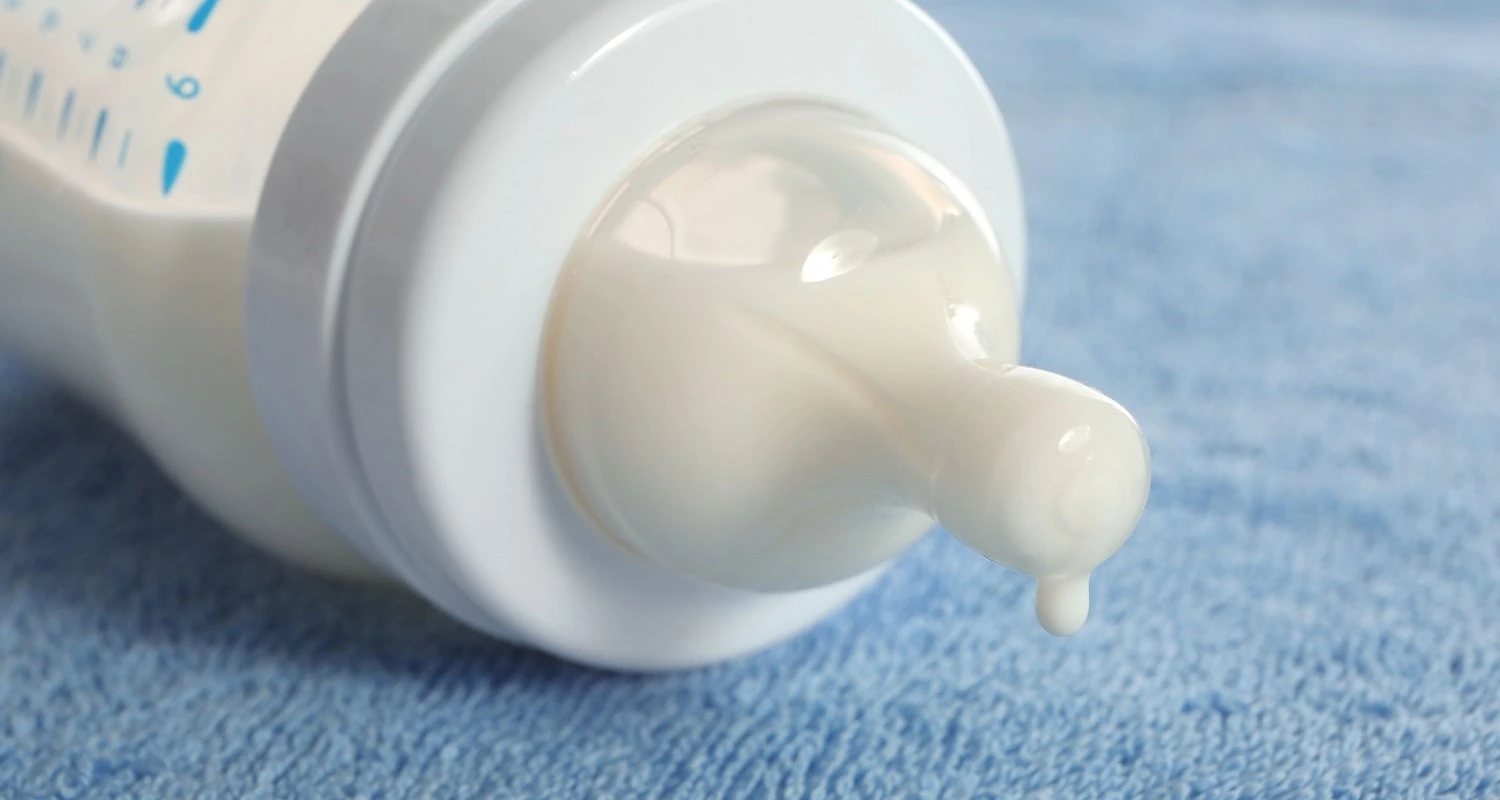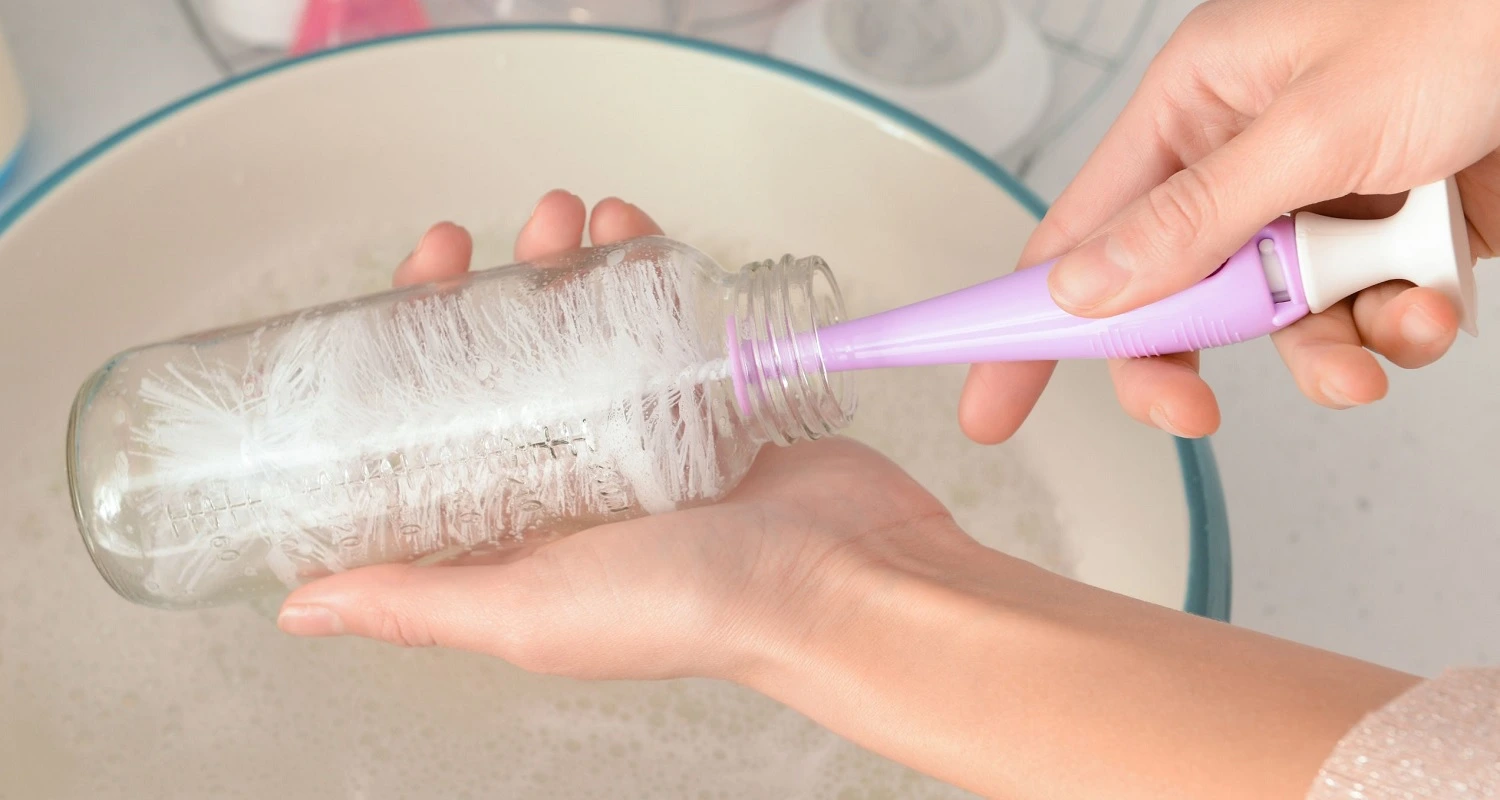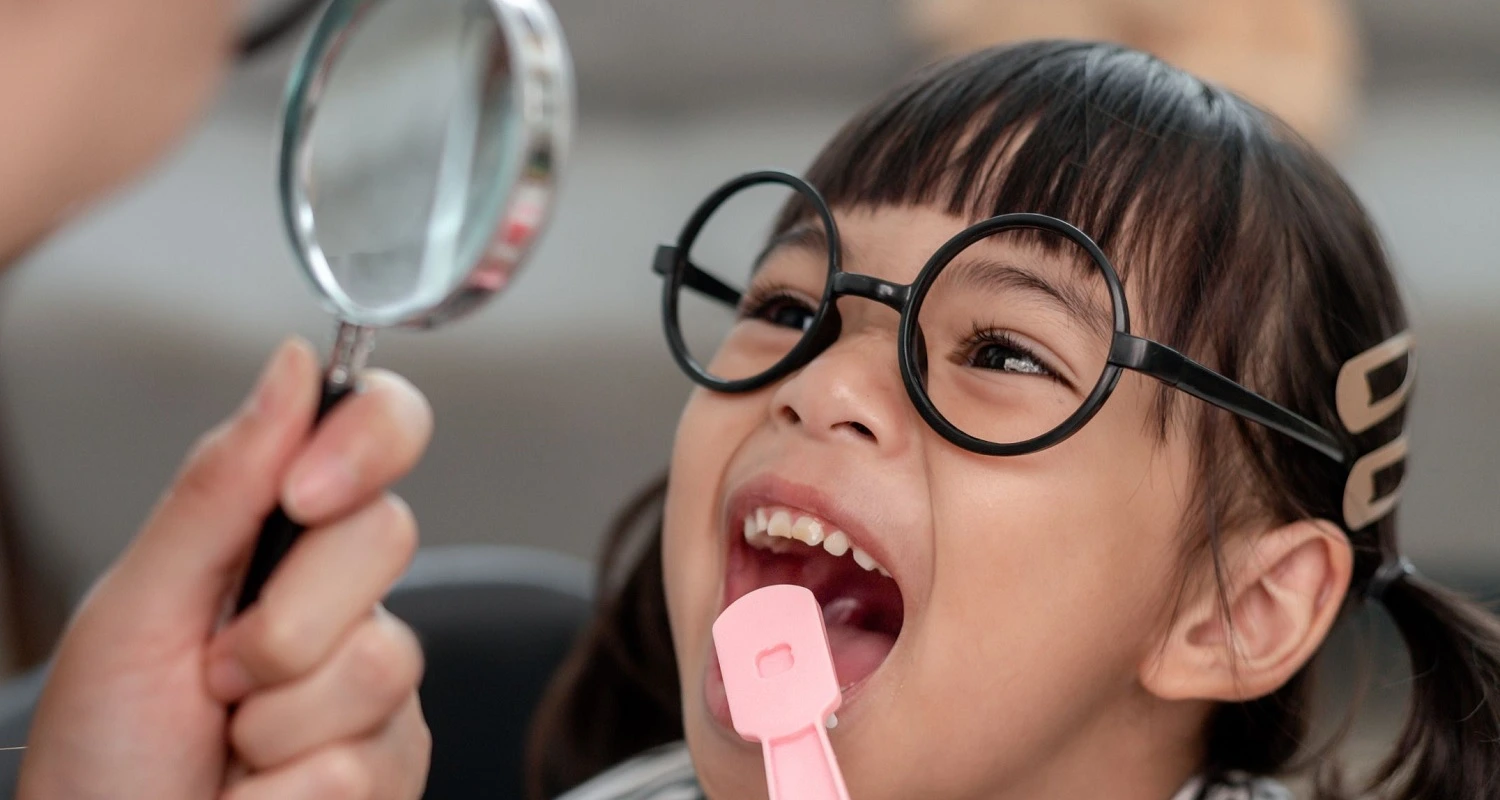Baby Bottle Caries An Updated Perspective
In the world of pediatric dentistry, a vital issue is the dental health of little ones, and a common problem they face is baby bottle tooth decay. This condition, also known as dental caries in deciduous teeth, affects babies and young children, being one of the most common oral diseases at this stage of life. Often underestimated in its severity, baby bottle tooth decay can have lasting consequences not only on a child’s dental health, but also on their overall well-being.
This article provides a detailed and up-to-date overview of baby bottle tooth decay, covering its definition, causes, symptoms, prevention and treatment. With a focus on education and awareness, we seek to offer parents, caregivers, and health professionals the necessary tools to combat a dental condition prevalent in childhood. From the first visit to the dentist to modern prevention and treatment techniques, we will explore how to ensure a healthy and happy smile for our little ones from their first years of life.
What are Baby Bottle Cavities?
Baby bottle cavities, also known as deciduous tooth decay, occur in infants and young children. This condition is characterized by the deterioration of primary teeth due to prolonged exposure to liquids containing sugars, mainly through bottle use.
Causes of Baby Bottle Tooth Decay
The main cause is the frequent and prolonged contact of the sugars present in formula, juices, and other sugary drinks with the teeth. The risk increases when children sleep with bottles or pacifiers soaked in sugary solutions.
Symptoms of Baby Bottle Caries
Symptoms include white or brown spots on the teeth, tooth sensitivity, and in advanced cases, visible cavities and tooth decay.
Baby bottle tooth decay prevention
Prevention includes practices such as limiting sugar consumption, preventing the child from sleeping with a bottle in their mouth, and maintaining an adequate oral hygiene routine from the moment the first teeth appear.
Baby Bottle Tooth Decay Treatment
Treatment depends upon the severity of the cavity and includes everything from fluoridation and fillings to, in severe cases, tooth extraction. Regular visits to the dentist are essential from the appearance of the first teeth.
Evolution and Development
With advances in pediatric dentistry, there is now more emphasis on early prevention and educating parents and caregivers on the importance of good oral hygiene and healthy eating habits for infants and young children.
Long-term Impact of Baby Bottle Cavities
The consequences of not treating baby bottle cavities can be significant, affecting the development of permanent teeth, dental alignment, and overall oral health in the future.
Modern Prevention and Treatment Techniques
Advances include more effective filling materials, better fluoridation techniques, and greater awareness of the importance of a balanced diet free of excessive sugars.
The Importance of the First Visit to the Dentist
It is recommended that the first visit to the dentist occur on the child’s first birthday, thus allowing adequate and early monitoring of dental health.
Dental Care at Home: Best Practices
Home care should include regularly brushing your baby’s teeth with a soft brush and age-appropriate toothpaste, as well as cleaning the gums with clean gauze or a soft cloth.
The Role of Diet in Preventing Baby Bottle Caries
A diet low in sugar and high in nutrients is key to preventing the onset of baby bottle cavities. Including fresh foods and avoiding juices and sugary processed foods is recommended.
Education and Awareness: Key to Prevention
Educating parents and caregivers on the risks of baby bottle tooth decay and prevention strategies is crucial to reducing the incidence of this condition.
Innovations in the Treatment of Baby Bottle Caries
Modern treatment techniques are less invasive and more effective, focusing not only on treating existing cavities but also on preventing their future development.
Conclusion
Early detection and proper treatment of baby bottle cavities is essential along with the continuing education of parents and caregivers on the importance of good oral hygiene and healthy eating habits.
Contact UsRIES
If you have any questions about bottle caries or other topics, you can contact us at Channel Island Family Dental as well as our Facebook page. We look forward to your visit and will make a timely diagnosis. Our dentists in Oxnard, Newbury Park, Santa Paula, Ventura, and Port Hueneme will be able to guide you toward the best treatment to take care of your health and return your best smile.
Frequently Asked Questions (FAQ)
Bibliography
1. MouthHealthy. (n/d). Tooth Decay with Baby Bottles. ADA. https://www.mouthhealthy.org/all-topics-a-z/tooth-decay-with-baby-bottles
2. Cafasso Jacquelyn. (Sep 29, 2017). Baby Bottle Tooth Decay. Healthline. https://www.healthline.com/health/tooth-decay-early-childhood
3. Tungare S, Paranjpe AG. (Agu 8, 2023). Early Childhood Caries. StatPearls. https://www.ncbi.nlm.nih.gov/books/NBK535349/
4. HealthHub. (Sep 15, 2023).Tooth Decay From Baby Bottle: Treatment and Prevention. https://www.healthhub.sg/a-z/diseases-and-conditions/topics_baby_bottle_tooth_decay

















